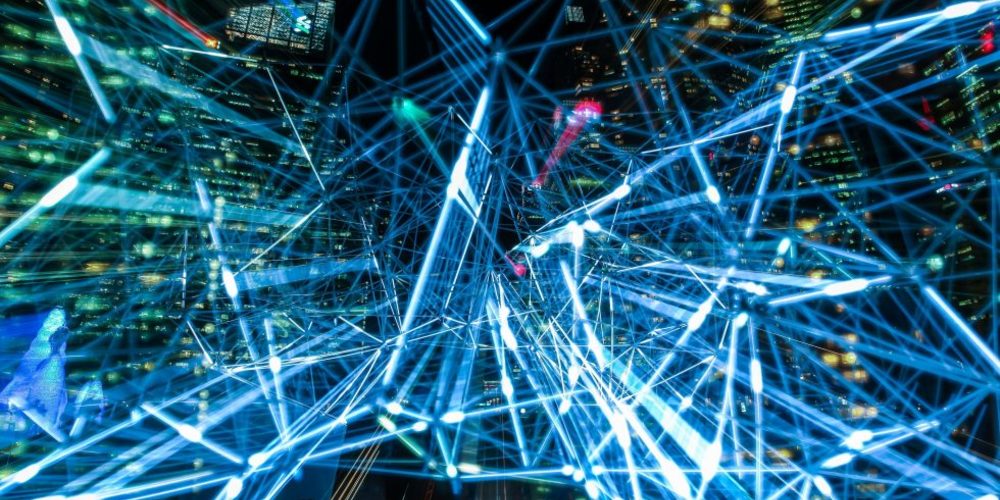As the world continues to adopt more sophisticated forms of technology, AI and Machine Learning are playing an increasingly important role in technology strategy.
According to IDC, AI-related revenue increased by 12.3% in 2020, reaching more than $150 billion worldwide. This growth illustrates just how valuable AI and Machine Learning are becoming in driving the current round of digital transformation.
Here we look at three ways AI and Machine Learning are :
Hyperautomation
Hyperautomation uses Machine Learning and AI to increasingly automate processes and aid human workers. It leverages advanced tools and combines them to create a significantly more efficient and agile work environment. According to Gartner,hyperautomation was one of the 2020’s top 10 strategic technology trends.
Hyperautomation enables organizations to adapt to unforeseen and changing circumstances. The challenges presented by the Coronavirus pandemic meant that there was a boost in adoption in 2020. Hyperautomation allows businesses to adapt to sudden changes and exceptional circumstances more quickly.
It allows businesses and their workforce to boost efficiency as more complex tasks can be automated. Professionals are able to concentrate on more strategically and creatively based tasks as hyperautomation creates a ‘digital workforce’. This can take responsibility for analyzing data and making decisions, as well as discovering new and improved processes and automation opportunities.
Cybersecurity
As cybercriminals’ techniques for infiltrating organizations’ systems become more sophisticated, it is becoming more challenging for cybersecurity developers to stay one step ahead. This means they are increasingly relying on AI and Machine Learning to help identify threats.
An example of how AI and Machine Learning can help organizations defend themselves against cyberattacks is Natural Language Processing. By scanning articles about cyber attacks, AI-powered systems can select and store keywords and phrases. By ‘reading’ and deciphering language that is useful to the end-user and their objectives, AI and Machine Learning can gather important information more quickly.
By utilizing AI-powered cybersecurity tools, businesses can collect large amounts of data from sources such as their websites and communication networks. With access to this data, these tools can monitor and analyze patterns. Any threatening activity or potential data breaches can quickly be identified.
Internet of Things
Machine Learning and AI are inherently interwoven with the Internet of Things (IoT), the ecosystem of everyday objects being connected to the internet, such as heating systems and kitchen items. Research firm, Transforma Insights, has forecasted that the global IoT market will grow to 24.1 billion devices in 2030. In turn, this will generate $1.5 trillion in revenue.
Monitoring the behavior and patterns of a building’s environment means that any anomalies in the data will be addressed quickly. For example, if there is a change in temperature, the heating system will automatically be adjusted. This means that money will not be wasted on unnecessary heating in homes and offices leading to increased energy efficiency.
Additionally, according to research firm IHS Markit, AI systems have the ability to identify intruders after learning the behavior of a building’s inhabitants. This means that the growing influence of Machine Learning and AI is giving rise to more sustainable and secure ‘smart homes’.
—
Machine Learning and AI’s influence is growing as we become more reliant upon technology in both our homes and our workplaces. The automated monitoring and deciphering of data result in significant benefits to our efficiency, adaptability and security in numerous areas of society.
If you are an employer looking for AI or Machine Learning workforce solutions get in touch with us to see how we can help deliver your strategy.






